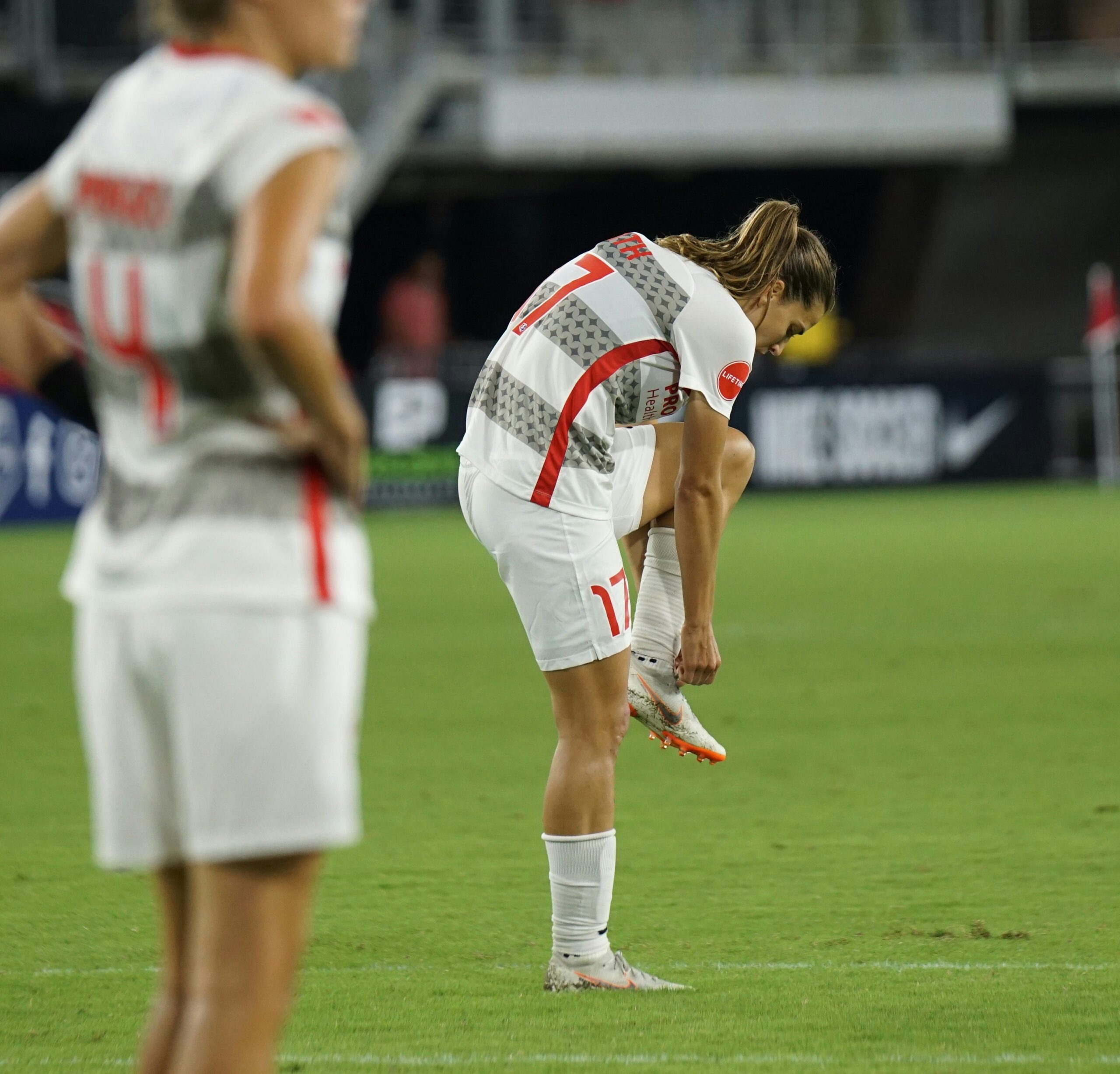Strengthening the ACL
 Key Exercises to Strengthening the ACL
Key Exercises to Strengthening the ACL
Recovering from an ACL injury isn’t just about healing, it’s about rebuilding. After the initial rest and recovery phases, a structured strengthening program is essential for restoring knee stability, preventing future injuries, and getting you back to peak performance.
Whether you’re post-surgery or recovering from a non-surgical ACL injury, incorporating targeted exercises under professional guidance is key to strengthening the ACL. At our physiotherapy and exercise physiology clinic, we help guide patients through each step of the journey, with exercise at the heart of long-term success.
Below, we highlight some of the most effective exercises used in ACL rehabilitation to support a full and safe recovery.
1. Quad Sets and Straight Leg Raises (Early Stage)
Why it matters:
After injury or surgery, the quadriceps often weaken rapidly. Early activation is essential to restore control and improve knee extension.
How to do it:
-
Quad Set: Sit with your leg extended. Tighten your thigh muscles and push the back of your knee down into the floor. Hold for 5–10 seconds.
-
Straight Leg Raise: After engaging your quad, lift your leg a few inches off the ground, keeping the knee straight. Lower slowly.
Tip: Start with 2–3 sets of 10 reps, focusing on quality of movement.
2. Heel Slides and Wall Slides (Mobility and Activation)
Why it matters:
Regaining knee range of motion is a priority in early rehab. These movements also gently activate surrounding muscles.
How to do it:
-
Heel Slides: Lie on your back and slowly slide your heel toward your buttocks, then back out.
-
Wall Slides: Stand with your back against a wall. Slowly slide down into a partial squat, then return to standing.
Tip: Keep the motion controlled and pain-free.
3. Bridges and Hip Thrusts (Glute and Hamstring Strength)
Why it matters:
Strong glutes and hamstrings help offload the ACL and stabilize the knee during dynamic movements.
How to do it:
-
Lie on your back with knees bent, feet flat.
-
Push through your heels and lift your hips to form a straight line from shoulders to knees.
-
Hold for 3 seconds, then lower slowly.
Progressions: Single-leg bridges or weighted hip thrusts as strength improves.
4. Step-Ups and Lateral Step-Downs (Functional Strength)
Why it matters:
These mimic real-world movements and build strength in the quadriceps, glutes, and stabilizing muscles.
How to do it:
-
Step onto a sturdy platform or step using your injured leg.
-
Push through the heel to lift your body, then step down with control.
Tip: Start with a low step height and gradually increase. Watch for proper alignment—no knee collapsing inward!
5. Balance and Proprioception Drills (Stability and Control)
Why it matters:
An ACL injury often disrupts your body’s ability to sense joint position (proprioception). Balance training is critical to retrain your nervous system.
How to do it:
-
Begin with single-leg stands on the injured leg.
-
Progress to using a balance pad, BOSU ball, or adding upper-body movements.
Advanced: Add perturbations or reach tasks to challenge stability.
6. Resistance Band Work (Dynamic Control)
Why it matters:
Using resistance bands targets key muscle groups while encouraging controlled movement and proper joint mechanics.
Try:
-
Lateral band walks for glute medius activation
-
Terminal knee extensions (TKEs) to strengthen quads without straining the knee
Tip: Focus on form and control, especially when introducing resistance.
7. Plyometric Training and Sport-Specific Drills (Late Stage)
Why it matters:
Once foundational strength and stability are restored, it’s time to prepare the knee for real-life performance demands.
Includes:
-
Jump squats
-
Box jumps
-
Cutting and change-of-direction drills
-
Agility ladders
Note: These are introduced only when you’re cleared by your physiotherapist and have met key strength benchmarks.
Progression is Everything
Rehabilitation isn’t one-size-fits-all. Each ACL recovery plan should be guided by individual goals, progress, and feedback. Jumping ahead too quickly can increase the risk of re-injury, while moving too slowly may limit performance potential.
That’s where our clinic comes in. Our physiotherapists and exercise physiologists work together to design safe, progressive, and evidence-based programs tailored to your recovery timeline and lifestyle needs.
Get the best rehabilitation and reach out to Pivotal Motion Physiotherapy, we’re here to help you feel your best and return to sport with confidence. Get in touch with us today, and our team will be able to discuss with you in more depth on how we can help you. Book online or call us on 3352 5116.

 Key Exercises to Strengthening the ACL
Key Exercises to Strengthening the ACL